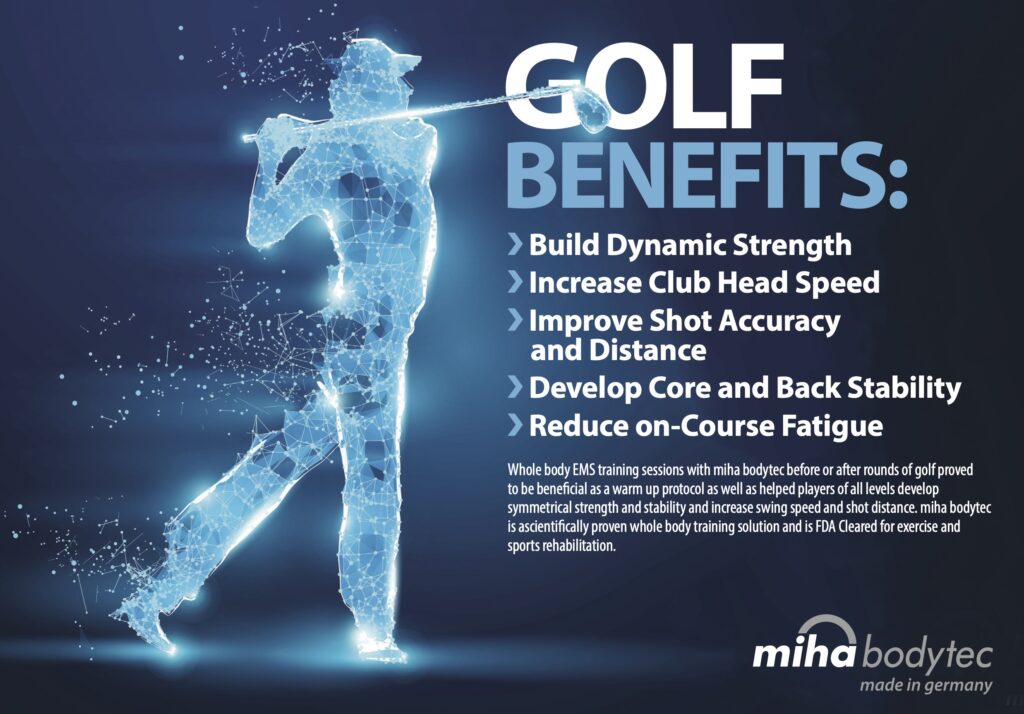New Mayo Clinic WB-EMS Study Results Released at the American Heart Association Conference
We all know that physical activity helps prevent cardiovascular disease, disability, and death. However, more than 25% of American adults report no participation in leisure-time physical activity.
The Background
This includes a significant proportion of elderly individuals who are unable or unwilling to perform regular exercise activities. Whole body electronic muscle stimulation (WB-EMS) training is an FDA-cleared technology which offers a time-efficient, joint friendly, and customizable method for physical training. WB-EMS simultaneously stimulates all the main muscle groups using percutaneous electrical impulse transmission.
While preliminary studies have shown increased muscle mass, reduced fat mass, and improved body function in elderly sedentary individuals as a result of WB-EMS training, studies evaluating the role WB-EMS can have on improving cardiovascular health were lacking.
Methods and Results
Forty-one individuals were recruited between January 2021 and March 2022 of which 24 were randomized to physical training with WB-EMS and 17 were randomized to training without WB-EMS: mean age 35.9±11.2 years, 61.3% females, median BMI (range) 24.3 (21.8 – 28.1)
After 16 weeks of training, we demonstrated significant differences in the following:
- Waist: hip ratio (∆ waist : ratio: -1.2 cm in intervention vs. 0.9 cm in controls, p=0.05)
- Total cholesterol (∆: -1.1 mg/kg in intervention vs. 14.2 mg/kg in controls, p=0.02)
- Anaerobic threshold (68.2% in intervention vs. 30.8% in controls, p=0.03)
- Breathing efficiency (∆VE/VCO2: -10.36 in intervention vs -7.38 in controls, p=0.01)
- Peripheral endothelial function, measured using reactive hyperemia peripheral arterial tonometry, with borderline significance (∆: -0.009 in intervention vs. -0.29 in controls p=0.06).
- Additionally, biomechanical testing data saw a 20% increase in Rate of Force and a 25% increase in Max Force with WB-EMS.
Conclusions of the Study
Once weekly physical training with WB-EMS, under close supervision, yielded significantly greater improvements in important biomarkers of cardiovascular, metabolic, and biomechanical health compared to conventional training alone in healthy subjects.
We’ve always known that WB-EMS helps improve overall health and wellness, and this study from the Mayo Clinic further proves its effectiveness.
Be Fit Be Healthy
1. Stimulates Muscular Blood Flow
EMS has been shown to increase blood flood (often when done at lower frequencies) to muscle tissues (1). Due to the contraction and relaxation cycles of the electrical impulses, the muscle acts as a pump to increase oxygen rich blood flow into the muscle belly while also aiding in metabolite clearance from the muscle.
2. Enhanced Muscular Strength and Power
While EMS is not a viable substitute for strength and power training, it has been shown to be effective at increasing muscular contraction rates and strength in athletes (2). This can also be beneficial for individuals during rehabilitation stages (be sure to seek your physician’s clearance first), as it is a good way to stimulate and reeducate muscle fibers and build strength without high amounts of external loading (could be helpful for lifters with joint/connective tissue injuries).
3. Reduced Muscle Pain
Some studies have shown that following EMS protocols, that athletes self-reported decreased muscle pain without any intervention (3). Athletes with lower pain (either perceived or actual) often are able to train harder and feel more recovered leading into successive training sessions, furthering performance outcomes. In another study 89% of test subjects reported a drop in back pain.
4. Improved Psychological Recovery
EMS has been shown to improve the psychological recovery and perceived recovery of an athlete (4). This is important because an athlete who “feels” recovered (and often is recovered due to the above reasons and sound programming” often will be able to attack training hard, and reap greater training outcomes from it.
5. Golfers are going nuts over EMS
The days of golfers being thought of as out of shape is over. Well not for everyone, but if you want to hit the ball further than ever before the easiest thing to do is build your strength. With EMS we are able to work your core and those hard to work muscles across your back. Your posture will improve and you’ll have more clubhead speed than ever.
Golf.com
“In golf, Miha feels it’s found a target audience. At the highest levels, EMS training is a rocket booster for speed and performance. Among amateurs, it’s a low-impact, low commitment way for players to prevent injury, stay in shape, and train during the offseason.”
Golfweek.usatoday
I enjoyed the experience and was shocked — pun intended — how much the workout was done without weights. I think this is great for those going through physical rehabilitation programs that maybe can’t put a ton of weight on their body. The machine works your entire body without being overly strenuous on the muscles and joints. It is a great option if you are tight on time for the week with workouts only being 20 minutes.

